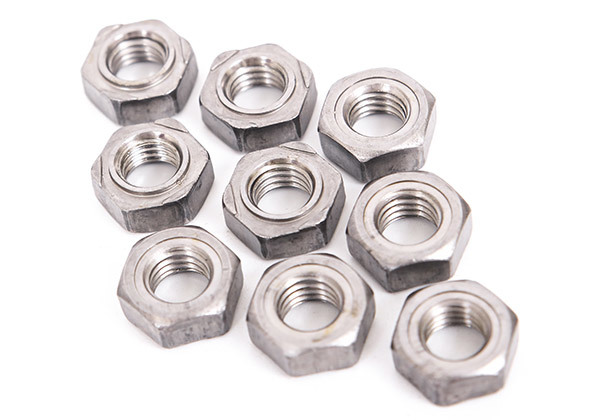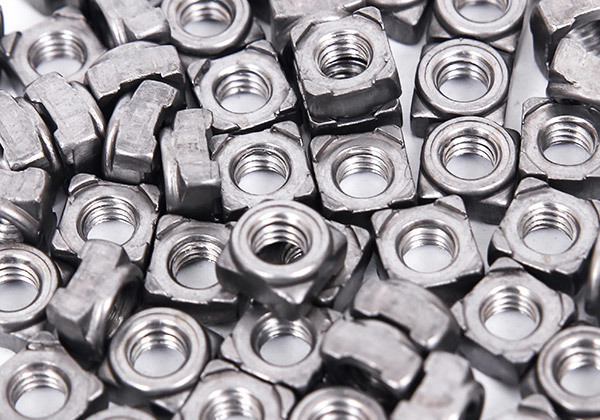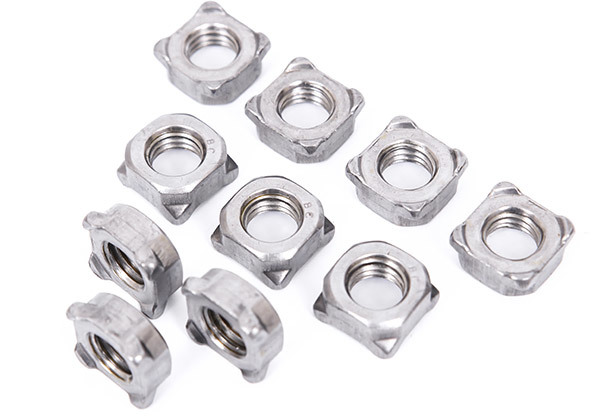The difference between nut and weld nut
2024-01-30
The scope of use of nuts is very wide, both in industrial and civil fields. We often use nuts to string two parts together, but sometimes we often find that it is not safe to tighten the nuts with wrenches. Sometimes the nut cannot be tightened due to insufficient space when using a wrench. Sometimes the nut will automatically loosen after long-term use. The safe way is to weld the nut directly, which is often called welding nut.
1. welding nut material
Welding nuts and general nuts are different in material, because it is a very high temperature environment during welding, and the general nut material is difficult to bear, and it is easy to melt directly at high temperature. Therefore, the material of the welding nut needs to be selected. Generally, there are several materials: stainless steel, heat-resistant steel, and low carbon steel.
1. Stainless steel welding nut
Made of stainless steel welding nut, its hardness level is A2-70. Stainless steel is a very good industrial material, used in various industrial purposes, has very good characteristics. The ductility of stainless steel is incomparable to other materials. Why can stainless steel be molded into different shapes? The weldability of stainless steel is very good. During welding, it is very wear-resistant and will not deform due to welding in production time. Stainless steel can endure high temperatures of 1200 degrees, which is very good temperature resistance.
2. Heat-resistant steel welding nut
The reason why heat-resistant steel is used as the material for welding nuts is that heat-resistant steel can still maintain very good chemical stability in high temperature environments, and at the same time, it can maintain high-strength oxidation resistance. These two characteristics are required for high temperature welding, so heat-resistant steel can not only be used as a material for welding nuts, but also for the production of industrial furnaces, steam turbines, boilers, etc.
3. Carbon steel welded nut
Low carbon steel is one of the more common welding materials, most of which are used to make heat-treated parts. The reason why low carbon steel can be used to make weld nuts is that its carbon content is very low, kept at 0.25 percent, as long as the carbon content of 0.10 to 0.30 percent of the material can be used for welding, forging. Its strength and hardness are relatively low, so its plasticity and toughness are relatively good, and it can be produced into the desired parts through a series of processes such as extraction, forging, and stamping.
Key words:
Nut
Related Information
Instructions for Compilation of Automotive Industry Standard for Welded Hexagon Nut
2024-01-30
Welding nuts can only play a good role if they are used correctly.
2024-01-30
The difference between nut and weld nut
2024-01-30












